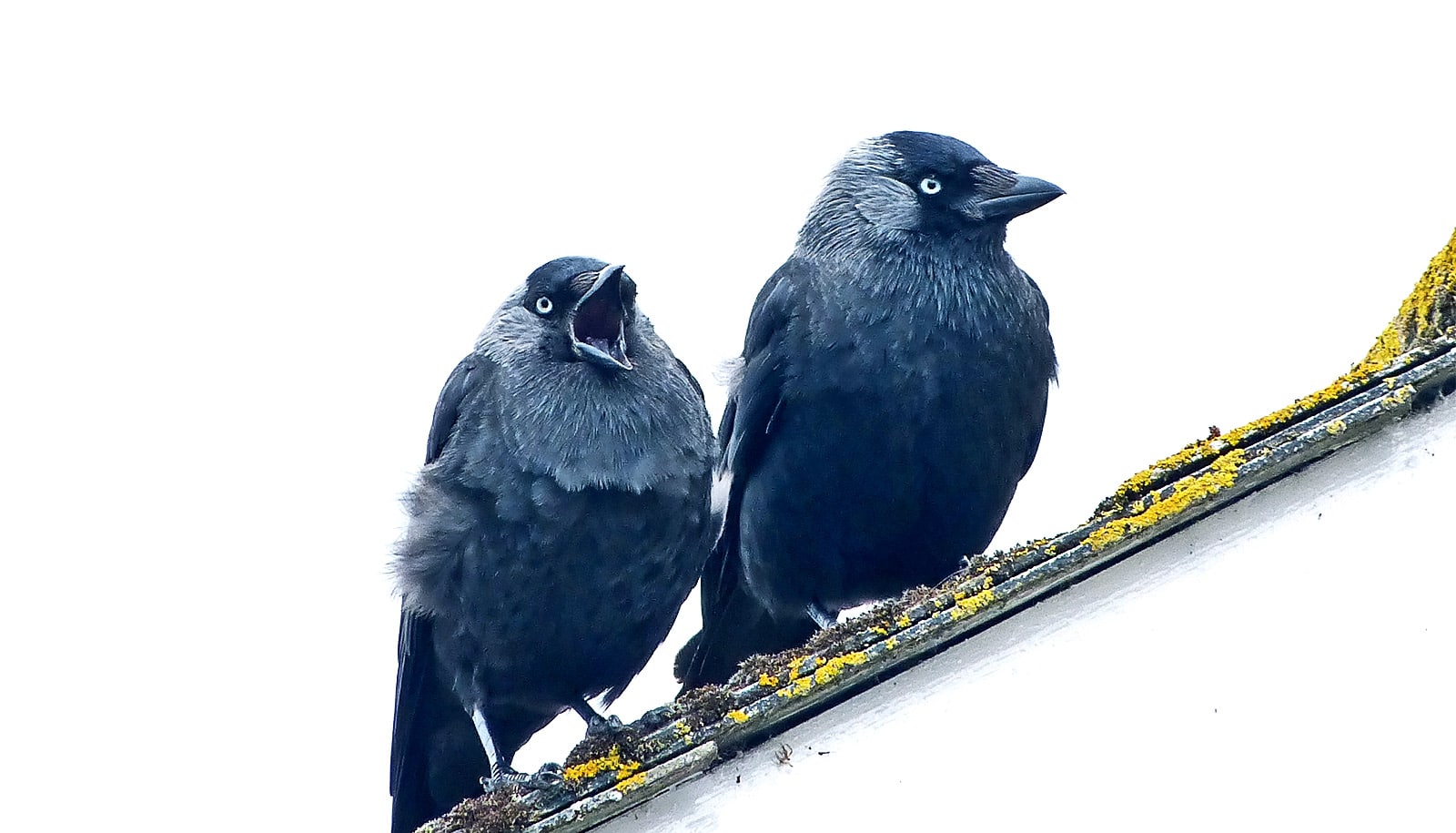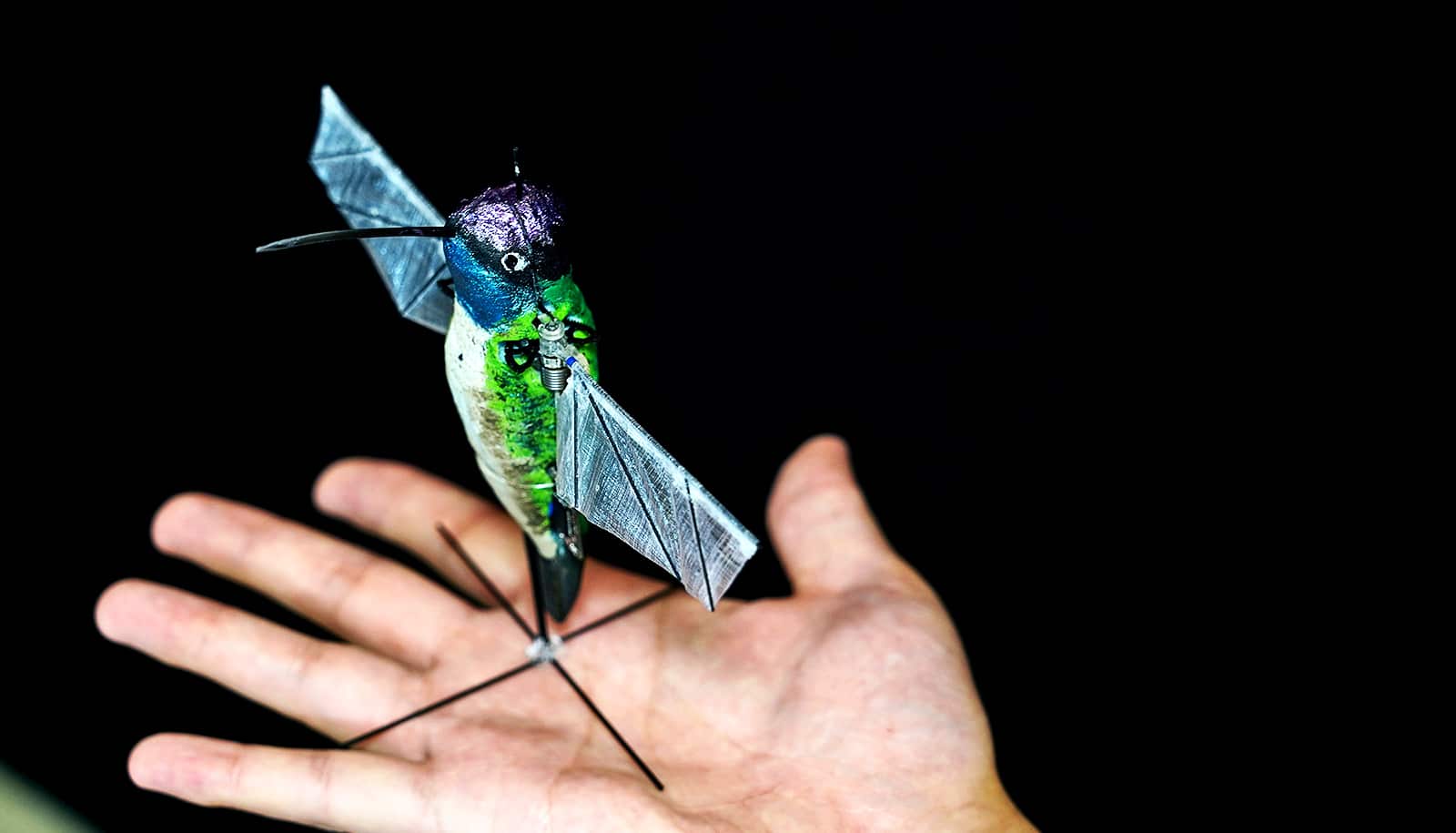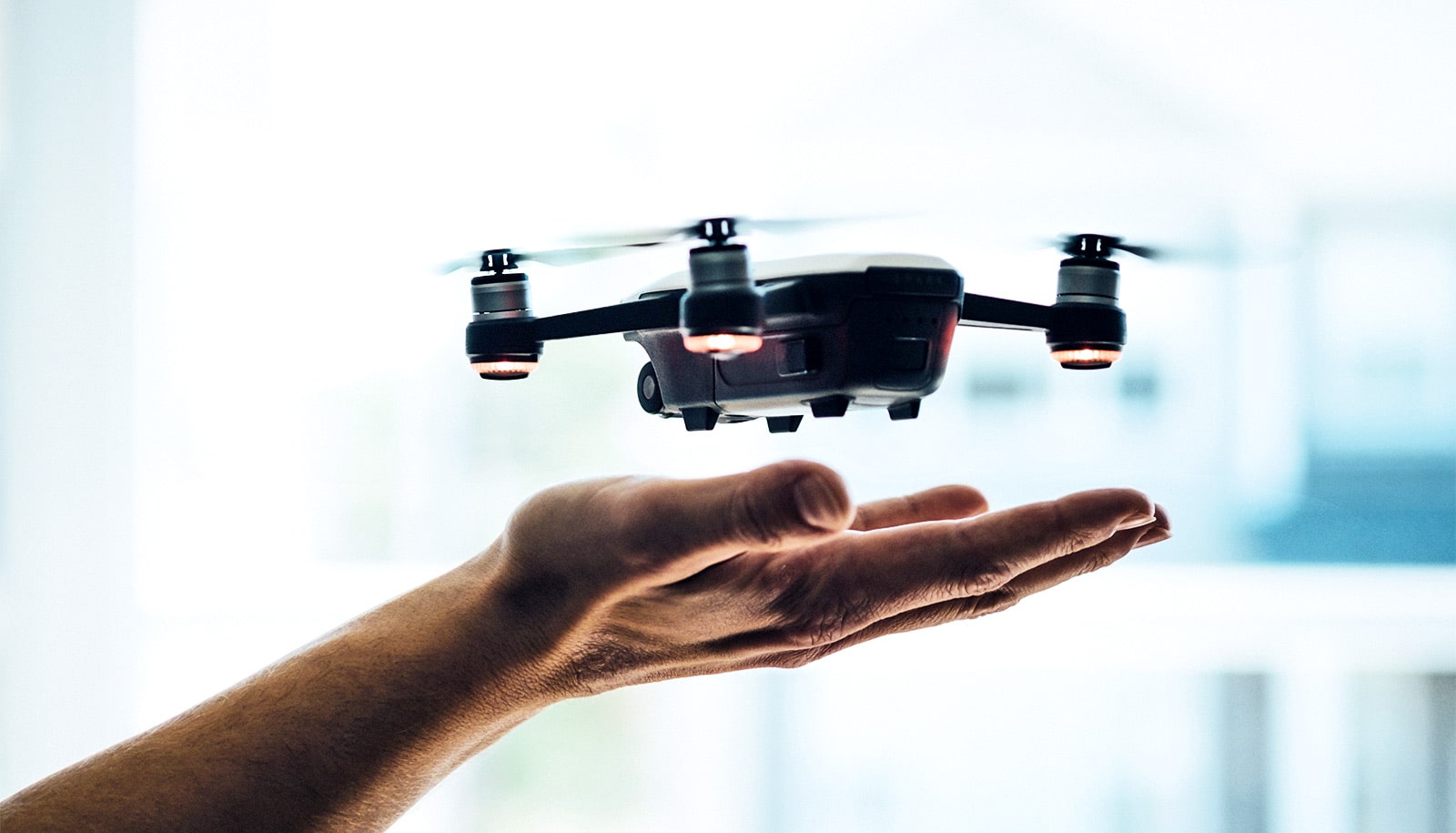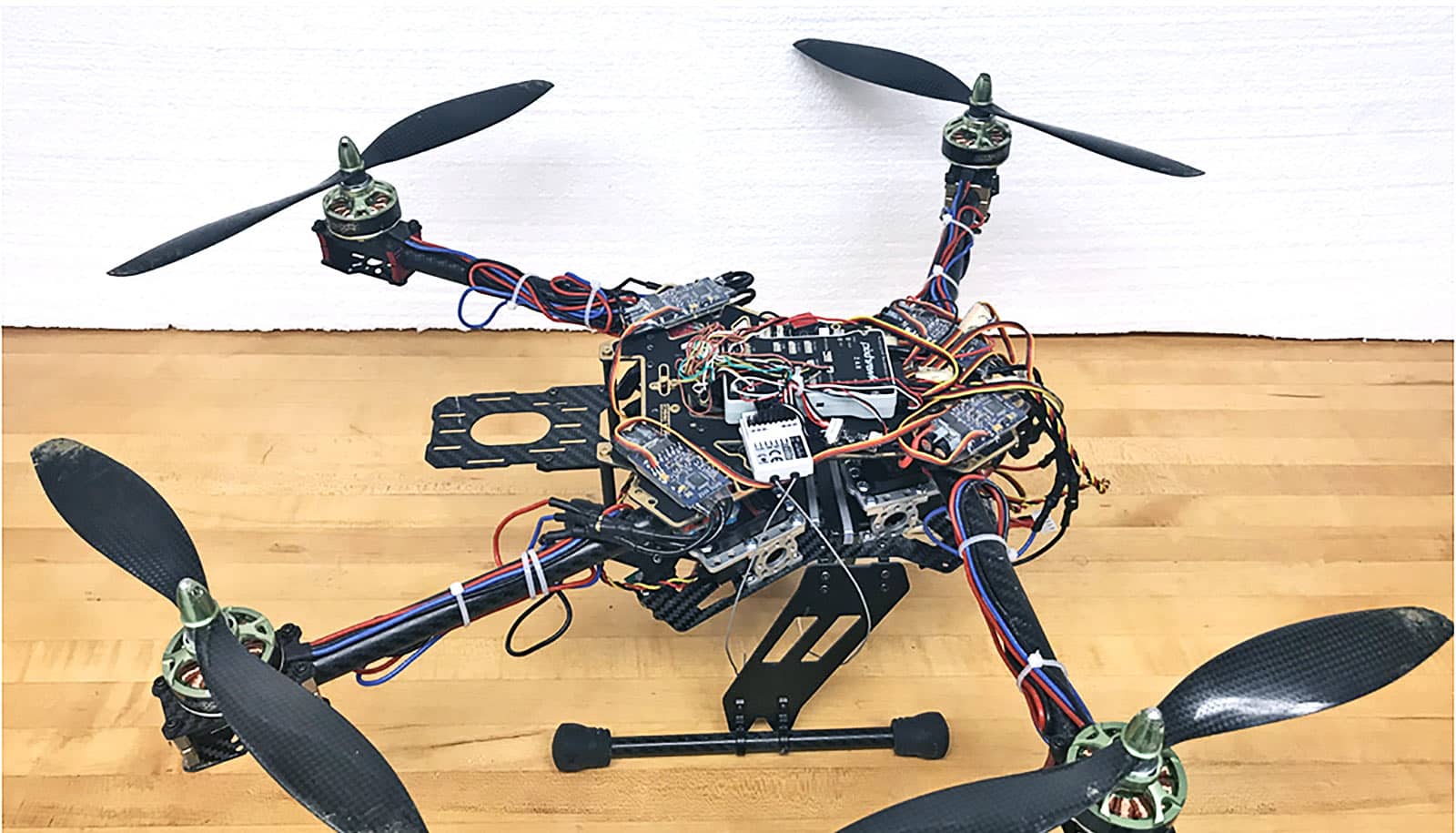In a flock of birds, mated pairs are loyal, first and foremost, to each other, not to the group as a whole, according to new research.
In addition, this bonded behavior in flight has implications for the flight pattern of the entire flock, researchers found.
Put a bit differently, birds of a feather don’t exactly all flock together.
Moving as one
Engineers and computer scientists envision a future in which autonomous vehicles and drones will navigate highways and skyways with the same effortless ease we observe today in the motions and migrations of birds, fish, and mammals.
“Animals of every size, from insects to whales, display this kind of collective behavior.”
Antelope thundering across an African plain. Sardines swirling in a vigorous baitball. A murmuration of starlings in an evening sky. Nature provides many examples of swarms of animals that somehow coordinate their movements with no apparent leader issuing orders.
“Animals of every size, from insects to whales, display this kind of collective behavior,” says Nicholas Ouellette, a physicist and an associate professor of civil and environmental engineering at Stanford University. “My lab is trying to understand how they do it.”
His goal: to build the theoretical basis for a technological framework that might one day allow autonomous conveyances to move as seamlessly as creatures in the wild.
Using sophisticated multi-camera video imagery, he can precisely measure and track each individual in a group, such as he did in a prior study on flying insects. From those multiple images, Ouellette can reconstruct a swarm, herd, school, or flock in three dimensions. He can even count the number of wingbeats of individual birds to ascertain how much energy each expends.
Coupling up
The new finding about mated pairs, which appears in the journal Nature Ecology and Evolution, is prompting reevaluation of long-held assumptions about group behavior that could have implication for fields such as robotics and driverless cars.
As Ouellette explains, think of people weaving through pedestrian traffic on a crowded sidewalk. We proceed differently when we’re with a close friend or mate, as opposed to when we’re walking alone.
“They’re getting the upside of being in the flock, but using less energy to do it.”
Ouellette and Thornton made this discovery by studying flocks of jackdaws, a gray-headed English cousin of the crow. Jackdaws mate for life and the team’s measurements show that mated pairs fly in tandem within the flock.
It also turns out that paired birds beat their wings less frequently than unmated birds. That is, it takes less energy to fly while paying attention just to your partner rather than to many other birds in the flock. So, by limiting the number of other birds they interact with, mated birds are conserving energy, Ouellette explains.
“They’re getting the upside of being in the flock, but using less energy to do it,” Ouellette says, “There’s a tremendous individual-level benefit to this behavior.”
This behavior is not altogether good for the group, however. While mated pairs fly more efficiently by mostly paying attention to their partners, this limited attention actually makes the group less agile and, therefore, more susceptible to attack by predators.
Ouellette says that scientists and engineers who are planning the future of autonomous vehicles based upon a conventional understanding of group behavior, which posits that the herd, flock, or swarm move as a homogeneous unit, might need to go back to the drawing board.
For instance, if researchers expect a group of autonomous machines to work together, what if different manufacturers build some of the machines and program them to follow slightly different rules. Will machines the same manufacturer builds behave like mated jackdaw pairs, taking their cues from each other as opposed to the entire flock?
Ouellette says that his studies of one species in isolation has yielded considerable insight. But he wants to study flocks of birds that are composed of more than one species. Vehicles or drones built by different makers, or for different purposes, will have to interact on the same roadway or airspace. Slight dissimilarities or affinities in the behavior of these subunits within the amalgam could affect collective behavior.
“You can’t always treat them as identical individuals,” Ouellette says.
Additional coauthors came from Stanford, Simon Fraser University, and the University of Exeter.
Source: Stanford University



